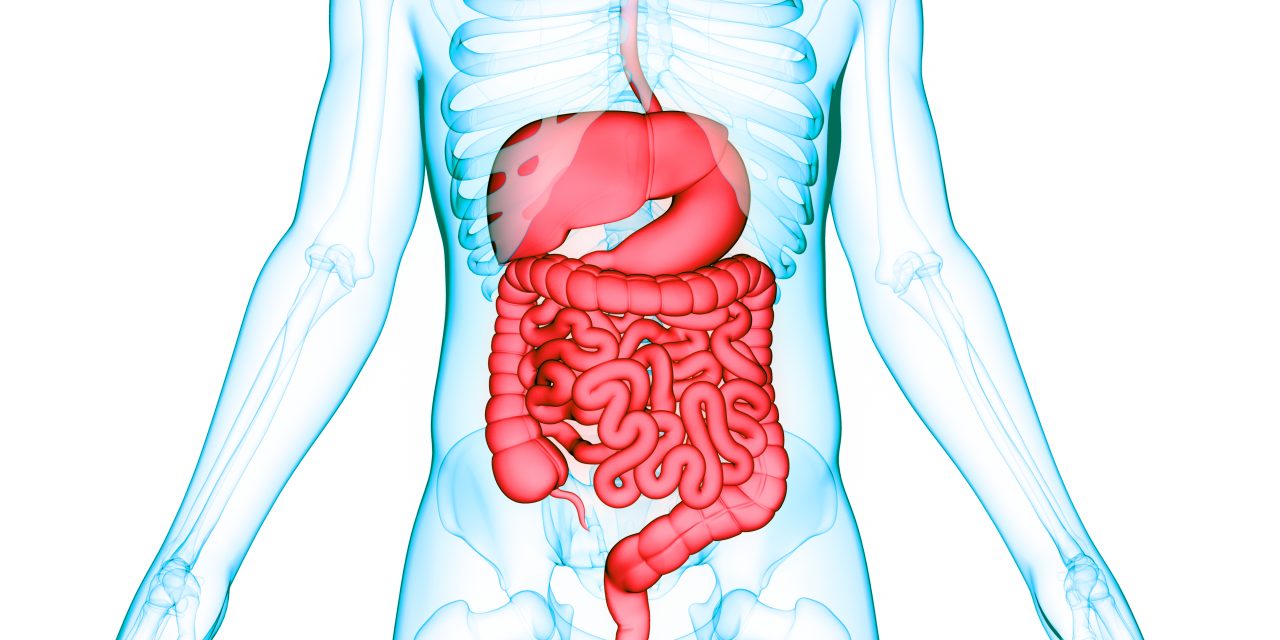The Asia-Pacific region is home to more than half of the global population and accounted for 62·6% of global deaths due to liver diseases in 2015. 54·3% of global deaths due to cirrhosis, 72·7% of global deaths due to hepatocellular carcinoma, and more than two-thirds of the global burden of acute viral hepatitis occurred in this region in 2015. Chronic hepatitis B virus (HBV) infection caused more than half of the deaths due to cirrhosis in the region, followed by alcohol consumption (20·8%), non-alcoholic fatty liver disease (NAFLD; 12·1%), and chronic infection with hepatitis C virus (HCV; 15·7%). In 2015, HBV accounted for about half the cases of hepatocellular carcinoma in the region. Preventive strategies for viral hepatitis-related liver disease include increasing access to clean drinking water and sanitation. HBV vaccination programmes for neonates have been implemented by all countries, although birth-dose coverage is extremely suboptimal in some. Availability of screening tests for blood and tissue, donor recall policies, and harm reduction strategies are in their initial stages in most countries. Many governments have put HBV and HCV drugs on their essential medicines lists and the availability of generic versions of these drugs has reduced costs. Efforts to eliminate viral hepatitis as a public health threat, together with the rapid increase in per-capita alcohol consumption in countries and the epidemic of obesity, are expected to change the spectrum of liver diseases in the Asia-Pacific region in the near future. The increasing burden of alcohol-related liver diseases can be contained through government policies to limit consumption and promote less harmful patterns of alcohol use, which are in place in some countries but need to be enforced more strictly. Steps are needed to control obesity and NAFLD, including policies to promote healthy lifestyles and regulate the food industry. Inadequate infrastructure and insufficient health-care personnel trained in liver diseases are issues that also need to be addressed in the Asia-Pacific region. The policy response of most governments to liver diseases has thus far been inadequate and poorly funded. There must be a renewed focus on prevention, early detection, timely referral, and research into the best means to introduce and improve health interventions to reduce the burden of liver diseases in the Asia-Pacific region.Copyright © 2020 Elsevier Ltd. All rights reserved.
Liver diseases in the Asia-Pacific region: a Lancet Gastroenterology & Hepatology Commission.


